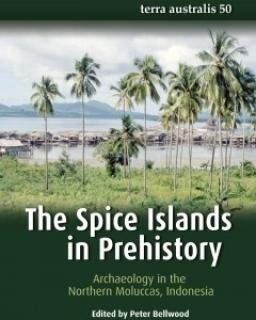
Abstract
This monograph reports the results of archaeological investigations undertaken in the Northern Moluccas Islands (the Indonesian Province of Maluku Utara) by Indonesian, New Zealand and Australian archaeologists between 1989 and 1996. Excavations were undertaken in caves and open sites on four islands (Halmahera, Morotai, Kayoa and Gebe). The cultural sequence spans the past 35,000 years, commencing with shell and stone artefacts, progressing through the arrival of a Neolithic assemblage with red-slipped pottery, domesticated pigs and ground stone adzes around 1300 BC, and culminating in the appearance of Metal Age assemblages around 2000 years ago. The Metal Age also appears to have been a period of initial pottery use in Morotai Island, suggesting interaction between Austronesian-speaking and Papuan-speaking communities, whose descendants still populate these islands today.
The 13 chapters in the volume have multiple authors, and include site excavation reports, discussions of radiocarbon chronology, earthenware pottery, lithic and non-ceramic artefacts, worked shell, animal bones, human osteology and health.